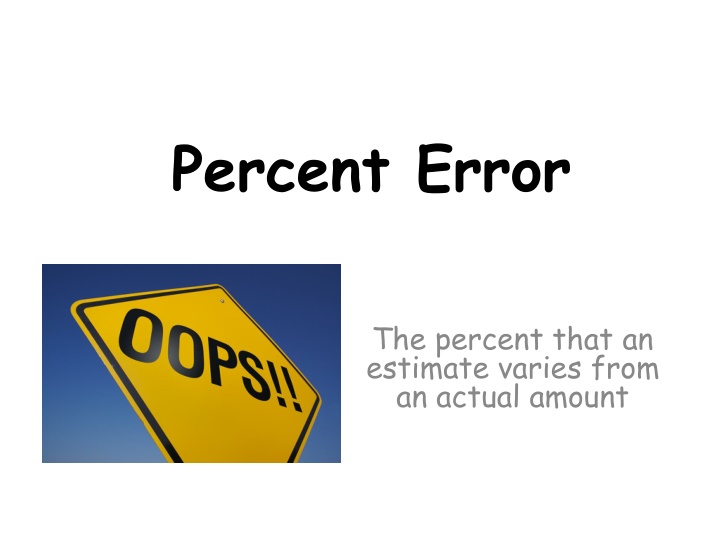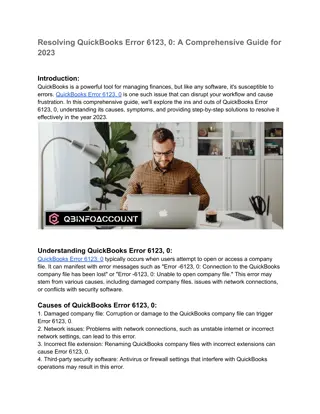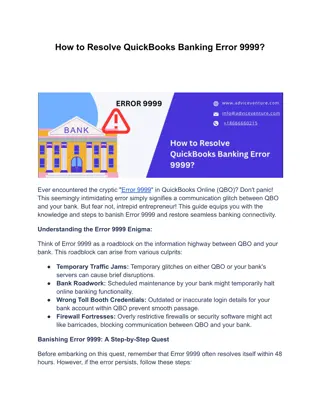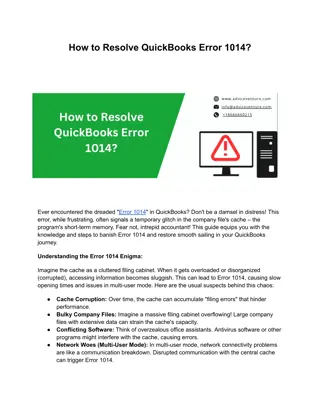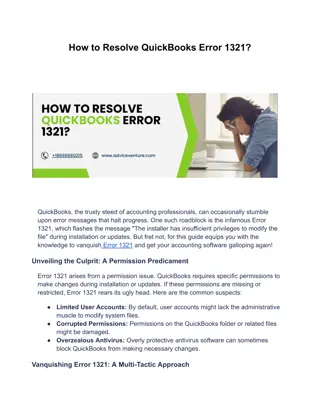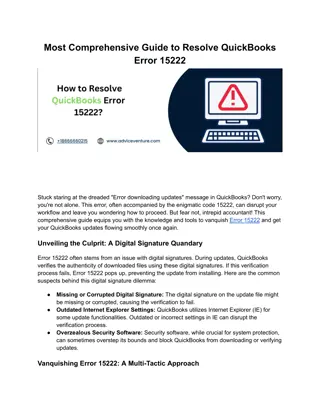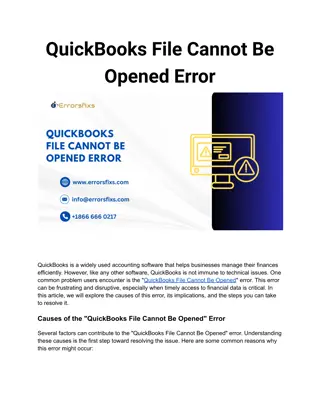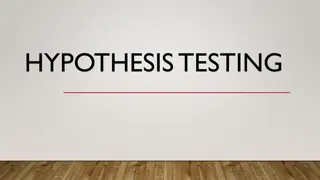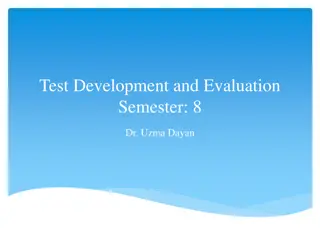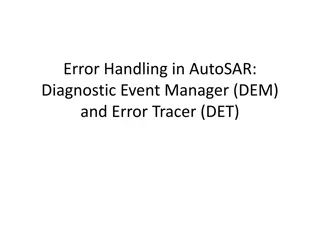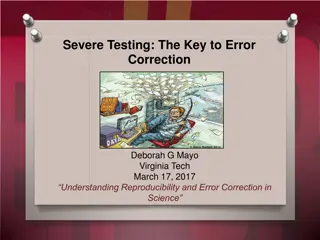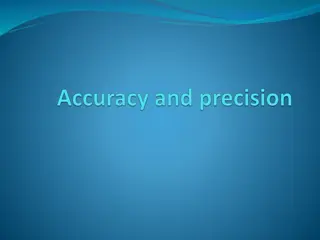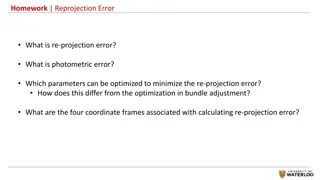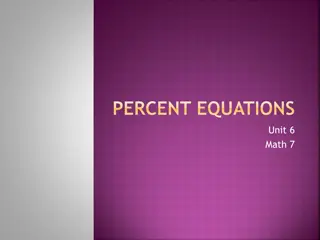Percent Error in Estimations
Percent error is a measure that compares the accuracy of an estimate to the actual value, expressed as a percentage. By calculating the difference between the estimate and actual amount, you can find the percent error. With examples ranging from estimating jelly beans in a jar to measuring the density of a substance, this concept is explained with practical scenarios. Learn how to determine percent error and apply it in various real-life situations.
Download Presentation

Please find below an Image/Link to download the presentation.
The content on the website is provided AS IS for your information and personal use only. It may not be sold, licensed, or shared on other websites without obtaining consent from the author.If you encounter any issues during the download, it is possible that the publisher has removed the file from their server.
You are allowed to download the files provided on this website for personal or commercial use, subject to the condition that they are used lawfully. All files are the property of their respective owners.
The content on the website is provided AS IS for your information and personal use only. It may not be sold, licensed, or shared on other websites without obtaining consent from the author.
E N D
Presentation Transcript
Percent Error The percent that an estimate varies from an actual amount
Vocabulary The percent error is: a ratio that compares the inaccuracy of an estimate, or the amount of error, to the actual amount. To find the percent error, the proportion used is: percent error amount of error = 100 actual amount
Ex 1) As a fundraiser, the Student Activities Council sold chances to guess the number of jelly beans in a jar. Brenda won the raffle with a guess of 370 jelly beans even though there were actually 400 jelly beans in the jar. What was the percent error? percent error amount of error = 100 actual amount 400 370 x Subtract the guess and the actual value to find the amount of error. = 100 x 400 30 = 100 400 = 400 3000 x = 5 . 7 % x The percent error between Brenda s guess and the actual amount is 7.5%.
Ex 2) George is adding a rail around his back porch, and he estimates that the length of the porch is 13.5 feet. The actual length is 15 feet. Find the percent error in George s estimate. percent error amount of error = 100 actual amount 15 13 5 . x Subtract the estimate and the actual value to find the amount of error. = 100 15 The percent error between George s estimate and the actual amount is 10%.
Ex 3) The odometer in Mr. Washingtons car does not work correctly. The odometer recorded 26.4 miles for his last trip to the hardware store, but he knows the distance traveled is 30 miles. What is the percent error? Subtract the odometer s mileage from the actual distance to find the amount of error. The percent error between the car s odometer and the actual distance was 12%.
Ex 4) The exact value for the density of aluminum is 2.699 g/cm. Working in the science lab at school, Joseph finds the density of a piece of aluminum to be 2.75 g/cm . What is Joseph s percent error? Round your answer to the nearest hundredth. Subtract Joseph s calculated density from the actual density find the amount of error. The percent error between Joseph s findings and aluminum s actual density was 1.89%.
